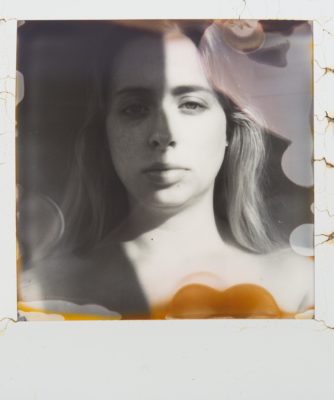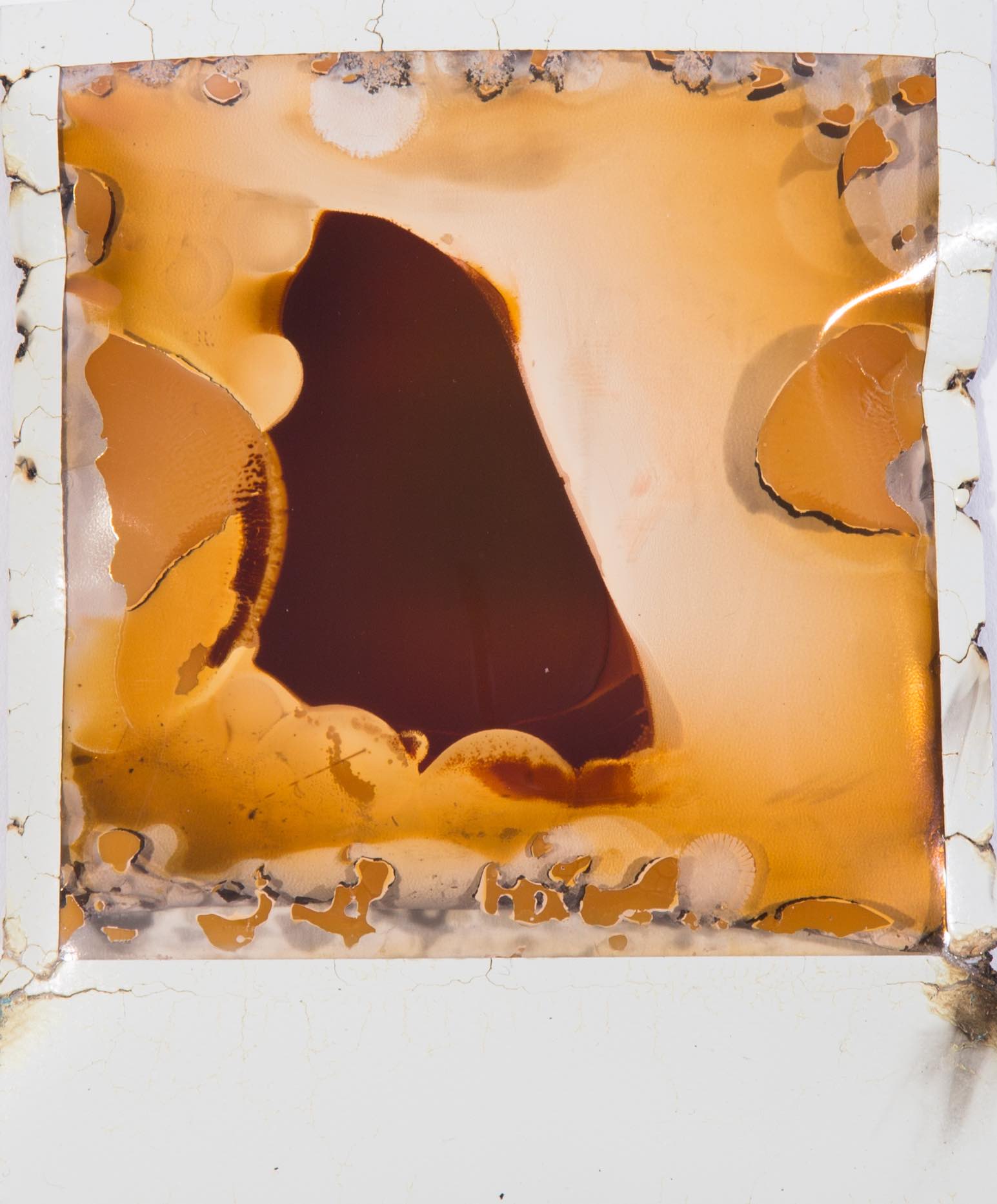At the age of 23, Danielle Pearce, a BAFA student who studies photography and economics, decided to undergo a double mastectomy and breast reconstruction within the next two years.
Pearce made the decision as a preventative measure after she was tested in 2014 for the BRCA1 mutated gene. According to cancer.gov, the website of the National Cancer Institute, women with the mutation have an increased risk of breast and ovarian cancer.

According to the site, 72 percent of women with the BRCA1 mutation will develop breast cancer by the age of 80.
The mutation test gained widespread attention after Angelina Jolie wrote an op-ed for The New York Times in 2013 about her decision to go through a double mastectomy and breast reconstruction.
Pearce decided to get tested after her mother and grandmother suffered through breast cancer twice.
“It’s just this weight hanging over me at this point, and I’ve decided that I’m ready to do it younger,” Pearce said. “I have a great support team.”
Pearce had planned to wait until the age of 30 to have the double mastectomy. However, after befriending women her age with the BRCA1 gene and hearing their stories, she decided to have the surgery sooner.
“When you’re younger, you heal easier, and if I did wait to have the surgery until I was 28 or something and got breast cancer, I’d lose all my choices,” Pearce said. “I wouldn’t be able to choose to keep my nipples. I wouldn’t be able to choose to go on hormone replacement when I’m older. By waiting, I’m risking losing all the choices I do have with this matter and my body.”
Pearce decided to do her photography thesis on life with the BRCA1 mutation. Her final project, which was shown at Milk Gallery in May 2017, consisted of eight black and white Polaroids that were radiated in the microwave to symbolize the radiation treatment of breast cancer.
“The Polaroids represented the physical body, with the physical image,” Pearce said about her project. “Intimacy and Polaroids go hand in hand and this part of my body that will be operated on is a very intimate part of my body.”




Photos by Danielle Pearce
Orlando is the Photography and Web Production editor for The New School Free Press. He is a junior studying Journalism + Design.







